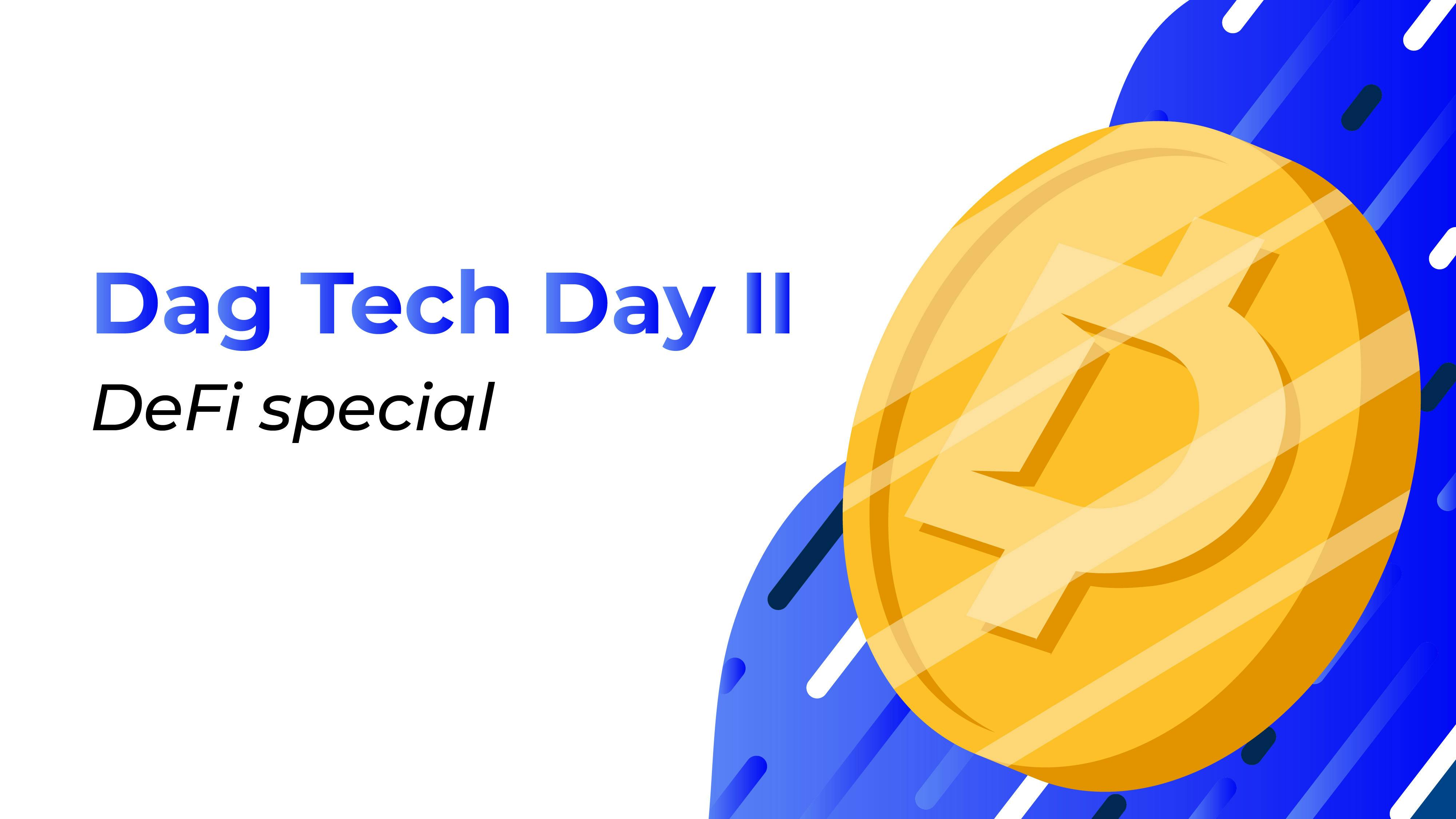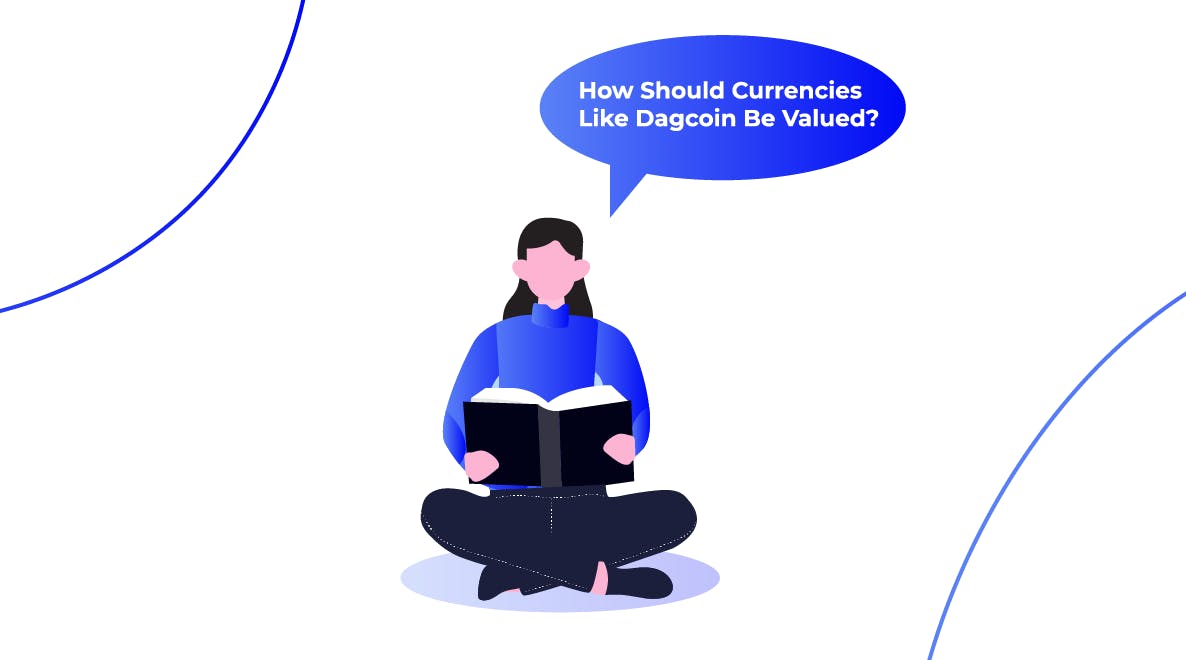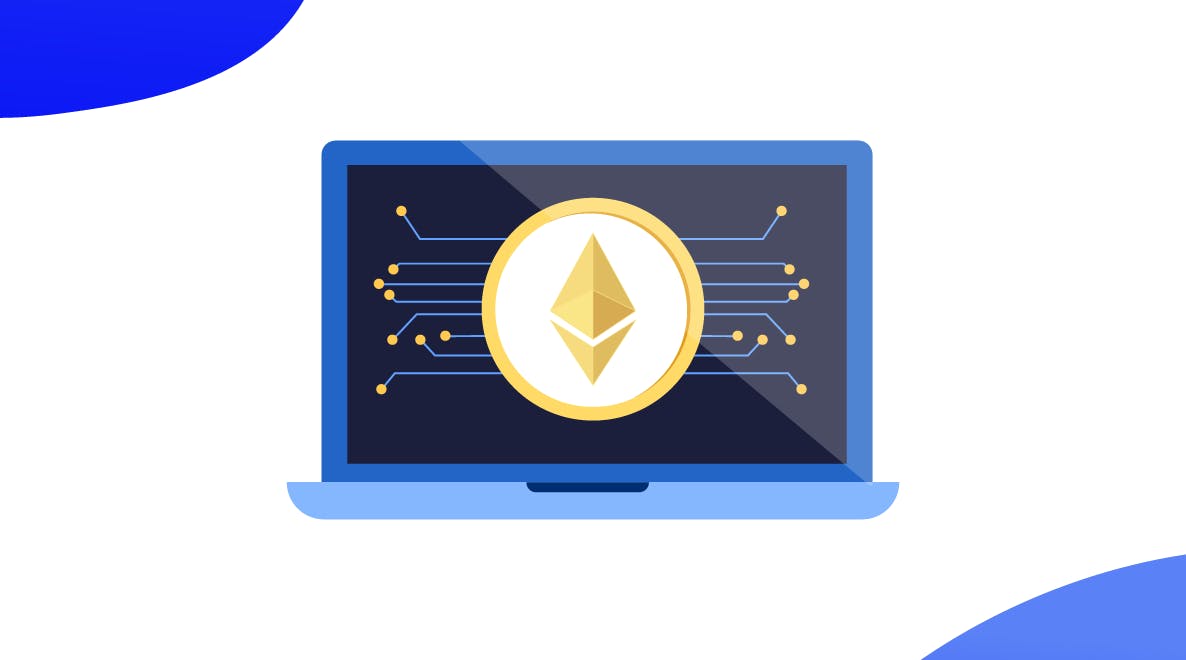The second Dag Tech Day was a DeFi special, taking a closer look at the pros and cons of one of the fastest-growing sectors in the crypto industry: decentralised finance. Often referred to as the future of finance, DeFi is seen as a shift from traditional centralised financial systems to peer-to-peer finance enabled by decentralised technologies built on decentralised solutions.
The concept of decentralisation stands in contrast with the everyday traditional financial services that are generally centralised, meaning controlled by a single entity such as a central bank or financial institution which also gives them total control over their users money.
As said, DeFi applications do not require intermediaries or arbitrators, it’s sometimes referred to as ‘open finance’. From lending and borrowing platforms. to stablecoins and tokenized Bitcoins, the DeFi ecosystem has launched an expansive network of integrated protocols and financial instruments. The code of DeFi specifies the resolution of every possible dispute, and the users maintain control over their funds at all times. This reduces the costs associated with providing and using DeFi products and allows for a frictionless financial system.
With over $15 billion worth of value locked in smart contracts, decentralised finance has emerged as the most active sector in the blockchain space today, with a wide range of use cases for individuals, developers, and institutions.
What are the primary features of a DeFi?
First of all the system foundation of DeFi blockchains are permissionless funds, which allow anyone to access the application on a DeFi protocol and trade over the network without requiring anyone to sanction it.
Secondly, the features are open source and transparent. The coding on a DeFi system is open source so the code is visible to every user, allowing everyone on the network to audit and verify the security and functions. This transparency of the network doesn't tamper with the user's privacy either, since all users are identified by their digital signatures. Additionally, open-source coding ensures DeFi's credibility.
Another important component is interoperability. DeFi is easily compatible with the integrations of other applications. It, therefore, has the scope to expand further, offering new financial services and even developing new financial marketplaces.
Also, accessibility. Anyone with a computer or a smartphone and a decent internet connection from any corner of the world can join a DeFi network. This feature, in particular, gives decentralised financial systems the upper hand over traditional banking systems. Especially for communities which cannot avail of essential banking services due to geological issues. The driving idea behind cryptocurrencies has always been the intent to decentralize power and improve our current financial system to become more transparent and less vulnerable to fraud.
DeFi is nothing but a step further in that direction. The real strength of DeFi lies in taking the current system, that on a large scale depends on human processes which also includes bureaucracy and a lot of paperwork, and automating it while at the same time cutting costs and improving transparency.
Decentralised Exchange aka DEX
As you may have figured out, DeFi is a very wide term, so let's cover some of the most popular use cases within it. A decentralised exchange (DEX) for example, is a cryptocurrency exchange which operates without a central authority.
Decentralised exchanges allow peer-to-peer trading of cryptocurrencies and do not expect the user to transfer their assets to the exchange. DEX therefore also reduces the risk of theft which might occur from exchange hacks.
The most obvious benefit to using a decentralised exchange over a centralised one is their trustless nature. You are not required to trust the security or honesty of the exchange, since the funds are held by you in your personal wallet, and not by a third party. Another advantage to the decentralised model is the privacy it provides. Users are not required to disclose their personal details to anyone, except if the exchange method involves bank transfers. In that case, your identity is revealed only to the person that is selling or buying from you.
The downside of DEX is that they're generally more difficult to use, especially for beginners, as they tend to have relatively complicated ways of depositing to the smart contract. For example, wrapping Ethereum or Bitcoin. Also, the possibility to exchange fiduciary to crypto is very, very rare as DEXs usually only exchange cryptocurrencies.
Stablecoins
Another case worth mentioning is stablecoins. Stablecoins are essentially cryptocurrencies that have their value tethered to the value of another cryptocurrency, a physical currency like the U.S. dollar, the price of a valuable physical asset like gold, or some other exchange-traded commodity. The primary goal of stablecoins is to reduce the risks associated with the price fluctuations of a regular cryptocurrency and to offer price stability.
Currently, most stablecoins exist as tokens on the Ethereum blockchain across the DeFi space and are used for payments on DEXs or for lending and borrowing purposes. Some most popular stablecoins that you may have heard of are USDT, USDC and DAI.
Decentralised lending protocols and yield farming
All the major decentralised protocols are based on Ethereum, meaning that one could lend or borrow any ERC-20 token. Peer-to-peer lending and borrowing platforms are one of the most extensively used applications of the decentralised finance system. DeFi lending platforms give out loans to individual borrowers or organizations in a trustless way that requires no third-party interference. This allows lenders to earn interest in the form of crypto coins on the funds they deposit.
DeFi lending platforms are easily accessible to both lenders and borrowers, which is one of the advantages DeFi lending platforms offer over traditional lending procedures. Secondly, it’s the instant fund settlements through smart contracts. On DeFi platforms the transparency of the fund flow is much higher. Therefore risks are reduced and the whole lending process is more flexible.
Compound is a good example of a DeFi lending and borrowing protocol. Compound is an algorithmic autonomous interest rate protocol, that by providing interest rate markets on Ethereum, allows lenders to earn interest on the assets they have deposited in the Compound lending pool. The Compound smart contract is coded to match borrowers and lenders and calculate the interest rate for every specific situation.
AAVE, Compound and Maker are the major lending protocols with billions of dollars of value locked up in their smart contracts and they all have a simple concept. You can loan out cryptocurrency tokens or borrow them and as mentioned above, they are all non-custodial, meaning that the protocol's creators do not have control over your holdings.
Yield farming, also known as liquidity mining is one of the most recent DeFi use cases. This is the practice of locking up digital assets in return for rewards, which are usually automatically delivered by a smart contract. In many cases yield farming projects will require that one stakes liquidity provider tokens that are received after providing liquidity, in terms of assets at certain decentralised exchanges, for example, Uniserve. These tokens are then used to mint a new type of token that can either be sold or used. Yield farms are generally considered high risk, high reward since locked assets can be lost if there is a backdoor or loophole in the farm's smart contract.
Before you leave!
Having a look at the numbers in the DeFi world which go up to billions, it’s definitely something worth taking a closer look at. It’s an interesting time to be alive and witness all these changes taking place right under our eyes. So let's continue the work towards the goals of crypto usability and adoption.
Before you leave, however, we’d like to remind you to listen to the DTD video, too. It covers many more DeFi related topics such as the flaws in the use of token assets, peer-to-peer protocols, token markets, minting schedules etc. A lot of interesting and useful information if you’re just as excited about DeFi as we are!
You can find it here: https://bit.ly/3xfZQcS






